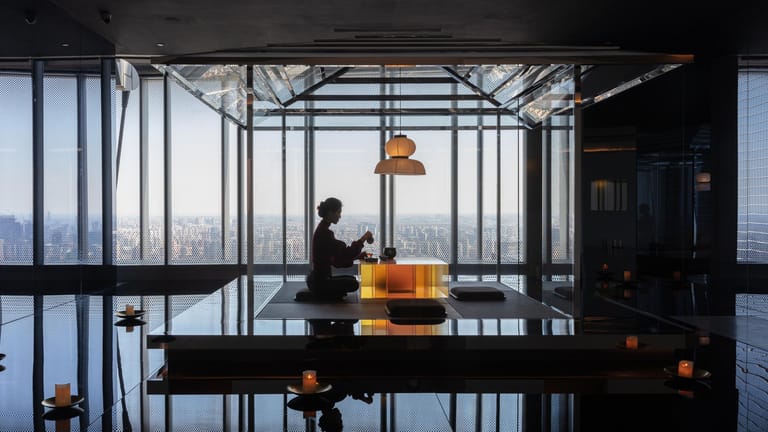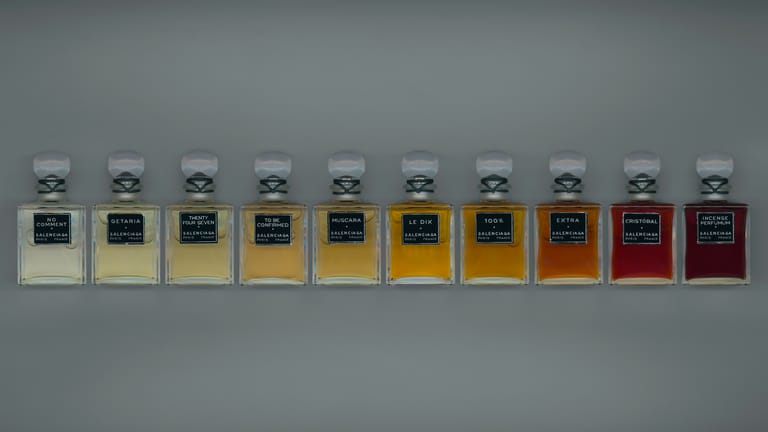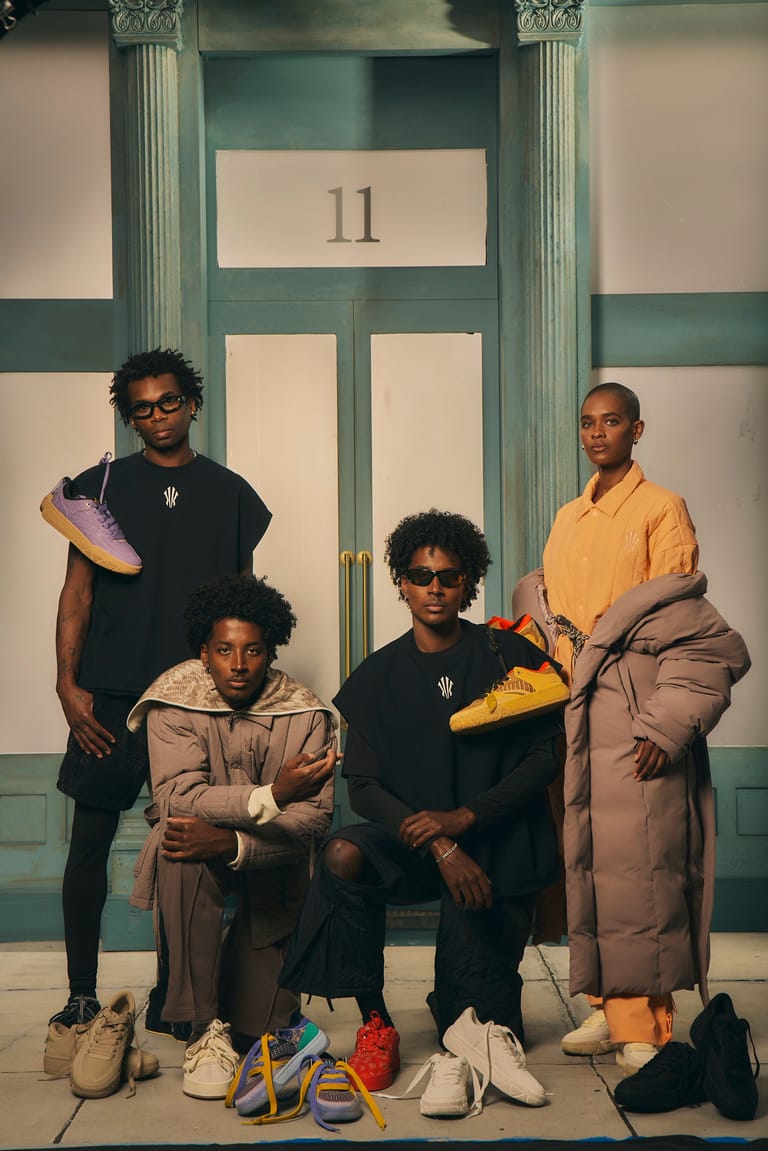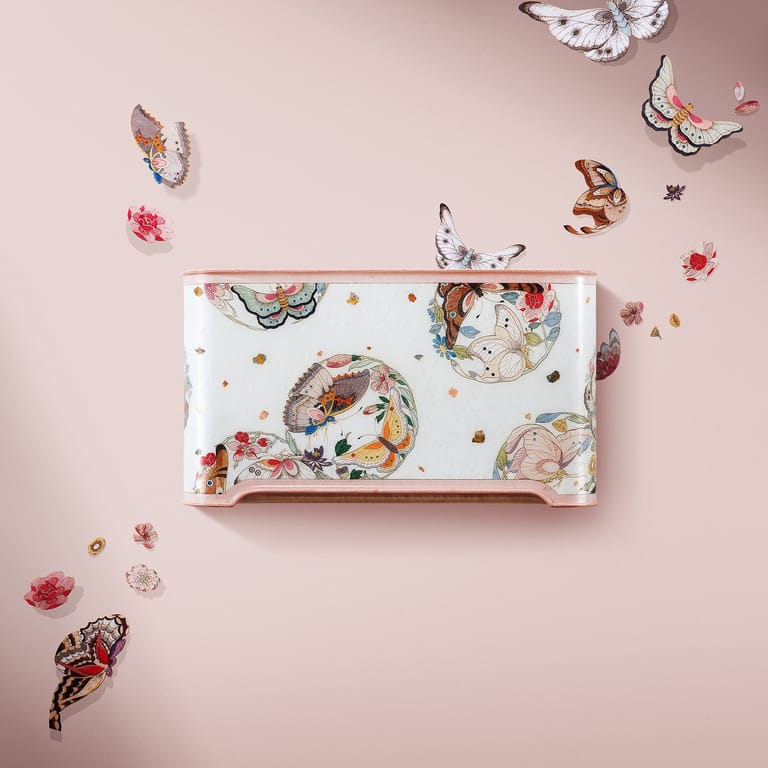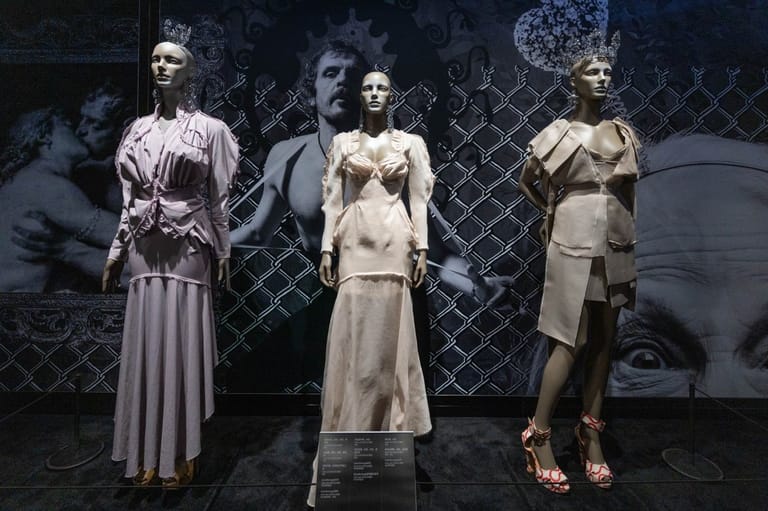Labelhood Lands at Harrods in the Year of Snake
By
Anqi Wen

Published on
February 25, 2025
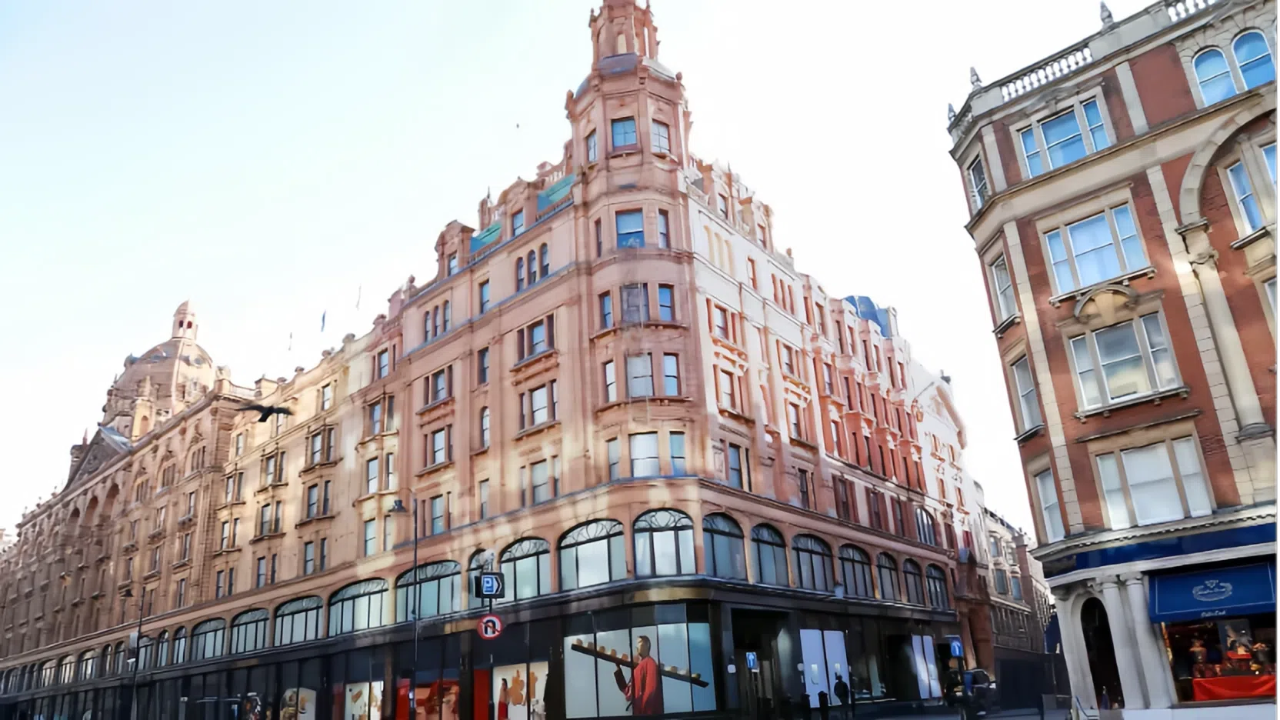
In January 2025, Chinese students studying in London noticed a striking transformation at Harrods’ Brompton Road storefront—its windows draped in auspicious red. For the first time in the luxury retailer’s 175-year history, a Chinese brand took center stage in its main street display, marking a pivotal moment in the international recognition of Chinese design and artistry. Labelhood unveiled its “At Home Anywhere” showcase to celebrate the Lunar New Year, offering a fresh perspective on contemporary Chinese aesthetics.
In partnership with the Shanghai Fashion Designers Association (SFDA), Visa played a pivotal role in this initiative, providing vital resources and visibility that enabled Labelhood to showcase contemporary Chinese design on such a prestigious platform. As part of the “Fashion Shanghai” global expansion project, the Harrods pop-up marked the first stop of Visa’s 2025 Creator Program in the fashion sector, continuing its mission to empower independent designers worldwide.
With the Year of the Snake approaching, a wave of momentum is propelling China’s creative class toward international markets, reflecting a growing global appreciation for Chinese culture and innovation. But behind the success of these emerging talents lies an ecosystem of strategic enablers—financial, retail, and industry leaders facilitating the journey. This article explores the forces shaping China’s designer-led global expansion and the broader implications of the creator economy in today’s interconnected world.
Scaling Creativity: From Niche to Global Recognition
Labelhood’s three-year partnership with Harrods has been more than a commercial venture—it has been a defining period in China’s independent design movement.
Since 2019, the “Chinese designer wave” has gained momentum, with Labelhood deepening its collaboration with Harrods each year. In 2023, it introduced the “Labelhood Family Portrait” campaign in London, incorporating festive screen dividers and zodiac-themed exclusives, turning its collections into cultural statements. The journey from Shanghai’s trendsetting Jufu Lane to one of London’s most prestigious retail spaces reflects a strategic vision: positioning Chinese creativity as a central force in global fashion.
While exposure has grown, formidable challenges loom, creating ongoing tension in these designers’ pursuit of international success. In a cautious economic climate, young Chinese designers must constantly innovate to maintain their creative distinctiveness while navigating commercial realities, such as fierce competition, market saturation, and the need to adapt to rapidly changing consumer preferences.
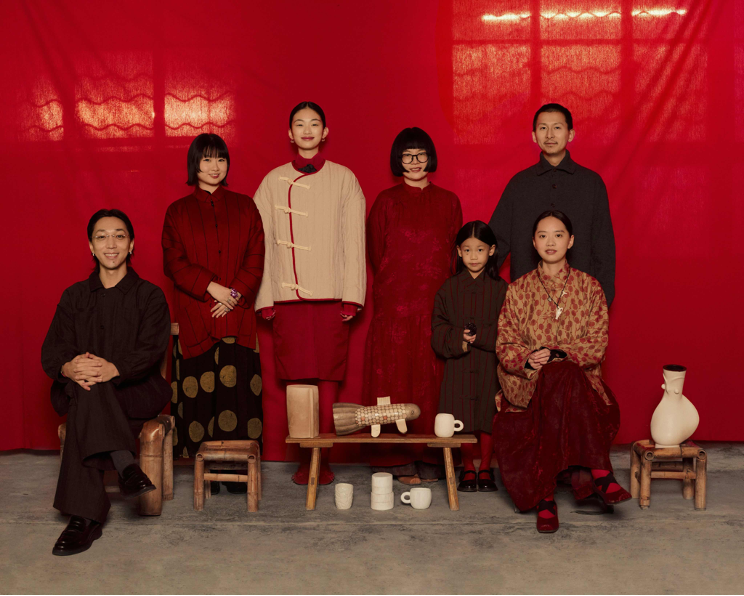
“We work almost exclusively with small and independent brands. They represent creative autonomy and are critical to the DNA of China’s commercial ecosystem. These are the names we want to introduce to the world,” says Labelhood founder Tasha Liu. “True innovation often emerges from the smallest, most unexpected places. These nuances, when amplified, can propel a brand from niche to international success.”
As Labelhood and Harrods enter their fifth year of collaboration, both brands are adapting to a rapidly evolving retail landscape. “Major retailers provide breadth—they serve as cultural aggregators,” says Liu. “For designers, it’s an invaluable testing ground when entering new markets.”
The Creator Economy: A New Opportunity for Chinese Designers
The rise of user-generated content (UGC) has reshaped creative industries, empowering designers, artists, and entrepreneurs to connect directly with audiences across borders. Social commerce and digital platforms have enabled individuals to transform creative vision into commercial success, fueling the global creator economy.
Online accessibility is key for independent designers. By leveraging digital content and community-driven marketing, they can build highly engaged niche audiences and drive direct-to-consumer (DTC) sales. However, establishing credibility on international platforms remains a critical hurdle.
Visa’s Creator Program addresses this challenge by providing financial and operational support to emerging fashion, music, art, and film talents. A standout example is Visa’s collaboration with former MLB player Micah Johnson, who introduced the NFT character Aku—a young Black astronaut—into the digital art market. “When I first entered NFTs, the power of community helped me find my footing. Partnering with Visa allows new creators to access similar opportunities in a fast-changing market,” says Johnson.
In October 2024, Visa launched the Creator Program in China, extending its long-standing partnership with Shanghai Fashion Week. Over eight years, Visa has facilitated designer growth through brand sponsorships, co-branded platinum credit cards, and the integration of fintech solutions into fashion retail. The expansion of the Creator Program in China signals a long-term commitment to supporting independent designers on their global journeys.

“Seamless payments are fundamental to both human and commercial exchange,” says Visa’s APAC Chief Marketing Officer Danielle Jin. “Our vision is to create the best payment and receiving experience so that anyone, anywhere, can unlock new opportunities for growth.”
Visa’s approach combines retail exposure with cross-sector collaborations. By leveraging Harrods’ prestige and the SFDA’s industry network, Labelhood’s “At Home Anywhere” concept achieved cultural and commercial success, proving that financial infrastructure can be as critical as creative vision in global expansion.
Beyond Exposure: Building Sustainable Growth Paths
The success of Visa’s Creator Program has highlighted a critical realization for Chinese designers: visibility is just the beginning—scalability and sustainability define long-term success.
According to Boston Consulting Group (BCG), China’s fashion industry is expected to reach RMB 3.4 trillion by 2030. As more domestic brands expand overseas, globalization is no longer just a commercial goal—it is a cultural mission. Designers are embracing cross-industry partnerships and strategic retail collaborations to amplify their global presence while preserving their unique brand identities.
Labelhood has long described itself as “a storyteller in retail,” deeply embedded in Shanghai’s creative landscape. Its expansion into Harrods and its collaborations with Visa and SFDA underscore the importance of local grounding in achieving international recognition. “Offline retail spaces remain vital,” says Liu. “Beyond showcasing designs, they allow us to communicate cultural values and authenticity in ways that digital platforms alone cannot.”

Demand for Chinese designer collections continues to rise as the Harrods pop-up sold out within weeks. “Our biggest asset is our imagination,” Liu emphasizes. “Brands must remain rooted in their own narratives while actively participating in the global market. It’s like the relationship between 1 and 0—your story must be strong before you scale up.”
Looking ahead, Labelhood plans to expand its collaborations with major international retailers while fostering deeper ties with creative talents worldwide. By tapping into established retail networks and forging cross-border partnerships, Chinese designers can further broaden their influence beyond Asia.
The Future of Chinese Designers in the Global Market
As cross-border e-commerce accelerates and digital-first strategies become the norm, Visa continues championing small creators in an increasingly competitive landscape. With fintech innovation enabling smoother transactions and social commerce opening new channels, independent designers are better positioned than ever to thrive on the world stage.
Under the guidance of industry pioneers like Visa, SFDA, and Labelhood, China’s next generation of designers is set to make a lasting impact—not just commercially, but culturally. By harnessing the power of the creator economy, they are rewriting the narrative of Chinese fashion on the global stage, proving that homegrown talent has a rightful place in the future of luxury and design.






